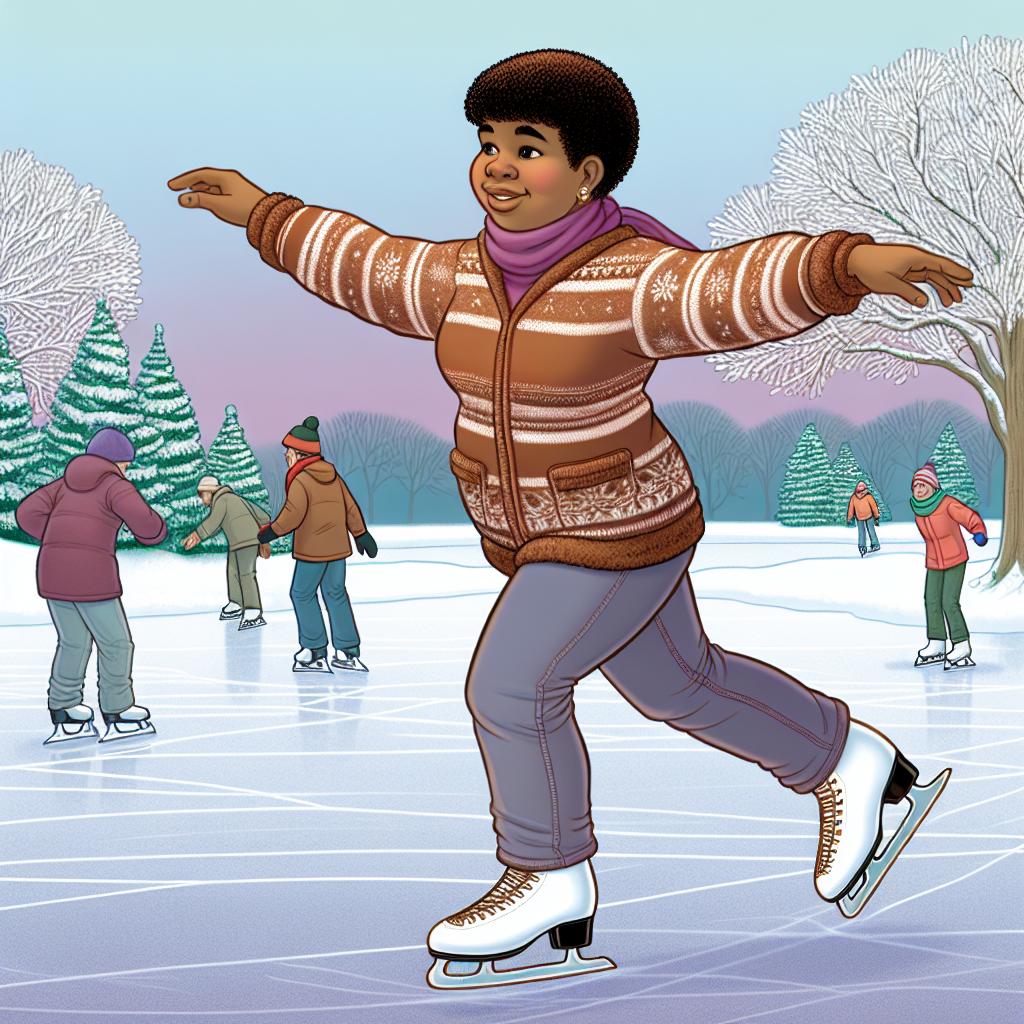Introduction to Ice Skating
Ice skating is a stimulating and rewarding, leisure pursuit that melds rigorous physical activity with the elegance of gliding over ice’s smooth surface. This versatile activity can be embraced both as a recreational pastime and as a competitive sport, with disciplines such as figure skating and ice hockey enjoying widespread popularity. For beginners yearning to explore this exciting world, this guide offers foundational information to help embark on the ice skating journey.
Understanding the Basics
To enjoy a safe and enjoyable experience on the ice, grasping the fundamental concepts of ice skating is imperative. At the core of this activity lies a specialized piece of equipment known as ice skates. These skates come equipped with blades affixed to their underside, enabling fluid motion and maneuverability on the ice. Selecting a well-fitted and comfortable pair of skates is paramount as it affects your balance and control on the ice.
Choosing the Right Ice Skates
The selection of ice skates calls for a careful evaluation of several factors:
1. Fit: The right fit is essential, whereby the skates should snugly envelop your feet without inducing discomfort. Eliminating excessive internal movement within the skate helps maintain balance and enhances skating performance. Properly fitted skates contribute significantly to confidence and stability on ice.
2. Type of Skate: Tailor your choice of skates to align with your intended ice skating activities. Recreational skates are ideal for casual outings, while figure skates and hockey skates cater to the demands of specific sports. Each type offers unique features catering to different styles of skating.
3. Blade Maintenance: Maintaining sharp blades is crucial for optimizing your performance on ice. Dull blades cause friction and instability. Routine sharpening and proper care of the blades ensure they retain the necessary edge for smooth gliding and responsive maneuvers.
For individuals seeking detailed insights and guidance on choosing the right pair of skates, resources like the U.S. Figure Skating Association website can be invaluable.
Learning the Fundamental Skills
Once equipped with suitable ice skates, it’s time to delve into mastering the fundamental techniques inherent to ice skating. Beginning with basic skills will pave the way for a confident and enjoyable skating experience.
Balancing on Ice
Achieving proper balance on ice forms the bedrock of all skating activities. Initiate this process by standing still on the ice, where the slight flexion of knees coupled with a straight back serves as the foundation. By distributing your weight evenly across both feet, you increase stability and poise, which are crucial for subsequent moves.
Basic Movements
Armed with balance, beginners can advance to elementary movements that form the crux of ice skating:
– Gliding: This fundamental skill involves pushing off with one foot to propel yourself forward, allowing the opposite foot to glide gracefully over the ice.
– Stopping: Learning various stopping techniques, such as the T-stop or snowplow stop, is essential. These methods enable deceleration and control, preventing accidents and collisions on the ice.
– Turning: The art of turning on ice hinges on coordinated movements of your shoulders and hips. These movements guide your direction, seamlessly transitioning into curves and circles.
Enrolling in formal skating lessons at local ice rinks substantially enhances the acquisition of these foundational skills. Professional instructors provide guidance and structured training to expedite the learning curve.
Safety Precautions
Ensuring your safety while ice skating is crucial, especially for beginners unfamiliar with the nuances of the sport. A few precautions can make your experience safe and enjoyable:
Wear Appropriate Gear
Safety gear is essential and includes helmets, wrist guards, and knee pads. These serve as protective barriers, minimizing the risk of injury upon accidental falls. For beginners, protective gear is particularly recommended, as it fosters confidence while learning new skills.
Be Aware of Your Surroundings
Mindfulness on the ice involves remaining aware of fellow skaters. Avoiding sudden halts or unexpected direction changes minimizes the possibility of collisions. An attentive approach, coupled with predefined skating pathways, fosters a harmonious environment conducive to everyone’s enjoyment.
Conclusion
In conclusion, embarking on the joyous journey of ice skating involves a harmonious blend of understanding the equipment, learning fundamental skills, and adhering to established safety standards. Whether you wish to indulge in skating purely for recreational fun or with aspirations of competitive mastery, ice skating presents numerous health benefits and fortuitous avenues for social engagement. For those seeking comprehensive learning, enrolling in formal skating lessons at local rinks is a commendable path. Through these trainings, both foundational and advanced techniques can be honed, enhancing your overall ice skating experience.
